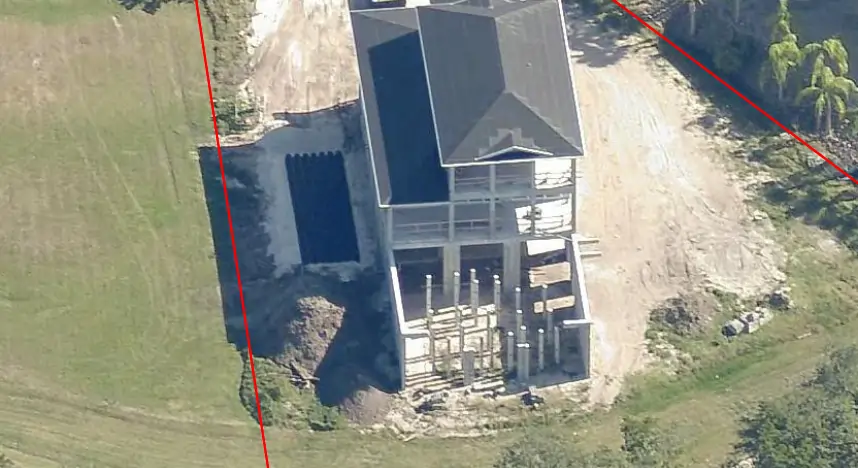Stilt Homes: Design, Benefits, and Applications
Stilt homes, supported by pillars or posts, are commonly built in flood-prone or coastal areas. This architectural approach protects structures from water damage, uneven terrain, and shifting soil conditions. Many homeowners and developers prefer this design for its durability, practicality, and adaptability to various environments.
Key Features
One of the defining characteristics of stilt homes is their raised structure, which minimizes the risk of flooding and moisture-related issues. Additionally, the open space beneath improves air circulation, helping regulate indoor temperatures and reduce humidity.
The choice of materials for the supporting stilts is crucial for long-term stability. Builders often use reinforced concrete, treated wood, or steel, with height and spacing tailored to local environmental conditions and soil composition.
Advantages
Several benefits make this type of home a smart choice for challenging locations:
- Flood Protection: Raising the structure above potential water levels minimizes damage from heavy rainfall, storm surges, and tides.
- Improved Ventilation: Increased airflow beneath the house helps maintain a comfortable indoor climate, especially in hot and humid regions.
- Maximized Space: The area below can serve as parking, storage, or a shaded outdoor living space.
- Environmental Benefits: By minimizing ground disturbance, these homes help preserve natural water drainage and reduce soil erosion.
Common Uses
Stilt homes are popular in coastal towns, riverbanks, and tropical areas where flooding, high humidity, or unstable soil make traditional foundations impractical. Many vacation homes, beachfront properties, and eco-friendly resorts incorporate elevated structures to harmonize with their surroundings. Additionally, rural communities rely on them to adapt to seasonal flooding and changing water levels.
Conclusion
Stilt homes offer a practical and resilient solution for flood-prone and coastal environments. Their design enhances durability, improves airflow, and maximizes functional space. With thoughtful planning and quality materials, they provide long-term protection and adaptability.
For more information, visit stovallpile.com.

